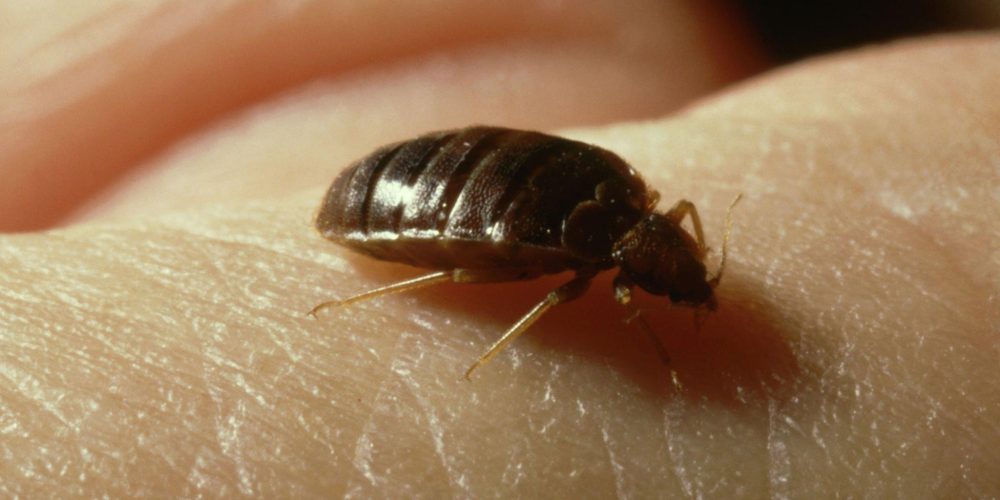The Titanoboa, a colossal serpent from the Paleocene epoch, has long captured our imagination with its mind-boggling size and the mysteries of its existence. Fossils of this ancient giant snake have provided invaluable insights into Earth’s prehistoric past. But could Titanoboa still exist today? In this article, we will embark on an exploration of this captivating question, delving into the factors that make such a scenario both intriguing and highly unlikely.
The Titanoboa’s Ancient Reign
To contemplate the potential existence of Titanoboa in the modern era, we must first understand the world in which it thrived. Approximately 58 to 60 million years ago, during the Paleocene epoch, the Earth’s climate was considerably warmer than it is today. The region where Titanoboa fossils have been discovered, primarily in what is now South America, was a lush, tropical paradise, characterized by vast wetlands and dense forests.
At its peak, Titanoboa reached lengths of up to 40 to 50 feet and weighed over a ton, making it the largest snake to ever slither the planet. Its immense size allowed it to prey upon large creatures, including ancient crocodiles and giant turtles. However, as the Earth’s climate gradually cooled and the environment changed, Titanoboa and many other prehistoric creatures faced extinction.
Why Titanoboa’s Survival Is Highly Unlikely
While the thought of Titanoboa still existing in the modern world may be tantalizing, numerous factors make it highly improbable:
1. Climate Change: The Earth’s climate has undergone significant changes since the time of the Titanoboa. The cooling of the planet and the formation of ice caps drastically altered ecosystems. Today’s climate, marked by cooler temperatures and reduced atmospheric carbon dioxide, is not conducive to supporting a giant tropical snake like Titanoboa.
2. Limited Fossil Record: Fossils of Titanoboa are exceedingly rare, with only a few specimens discovered to date. The absence of more recent fossils or credible sightings suggests that Titanoboa likely became extinct along with many other ancient species as the planet’s climate changed.
3. Ecological Changes: The ecosystems and food webs that supported Titanoboa have evolved significantly over millions of years. Modern species have adapted to new niches and ecological roles, making it unlikely that a creature of Titanoboa’s size and dietary requirements could remain hidden and unnoticed.
4. Predation and Competition: In today’s world, Titanoboa would face formidable competition from modern predators and would be susceptible to human activities. Large snakes like anacondas and pythons, while impressive, are dwarfed by the sheer size of Titanoboa. Moreover, humans pose a significant threat to any potential surviving populations through habitat destruction and hunting.
5. Lack of Credible Sightings: Unlike cryptids or creatures of cryptozoology, such as Bigfoot or the Loch Ness Monster, there have been no credible sightings or evidence to suggest the continued existence of Titanoboa. The absence of such sightings or verifiable evidence is a strong indicator of its extinction.
The Mystery of Extinct Species
The concept of extinct species holds a particular fascination for us as humans. The idea that creatures like the Titanoboa once roamed the Earth and have now vanished from the face of the planet reminds us of the impermanence of life and the ever-changing nature of our world. Fossils offer glimpses into the past, allowing us to reconstruct the Earth’s history and the diverse life forms that once inhabited it.
While Titanoboa may no longer exist in the modern world, its legacy endures in the scientific community. Fossils and the study of ancient creatures like Titanoboa provide valuable insights into the evolutionary history of life on Earth and the ways in which species adapt and respond to changes in their environments.
Conclusion
In the realm of paleontology and scientific inquiry, the notion of Titanoboa still existing today is a highly implausible one. The Titanoboa, a colossal serpent from a bygone era, has left an indelible mark on our understanding of Earth’s ancient past. Its existence serves as a testament to the dynamic nature of life on our planet and the profound impact of environmental changes on the survival and extinction of species.
While Titanoboa’s reign as the ultimate apex predator of the Paleocene epoch has come to an end, its legacy continues to captivate our imagination and inspire the study of Earth’s prehistoric history. In the world of science, the quest for knowledge and discovery knows no bounds, and the mysteries of ancient creatures like Titanoboa continue to enrich our understanding of the natural world.














